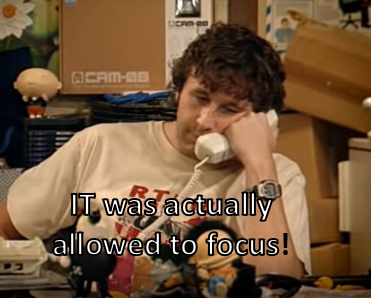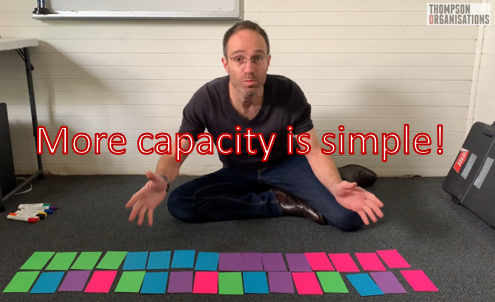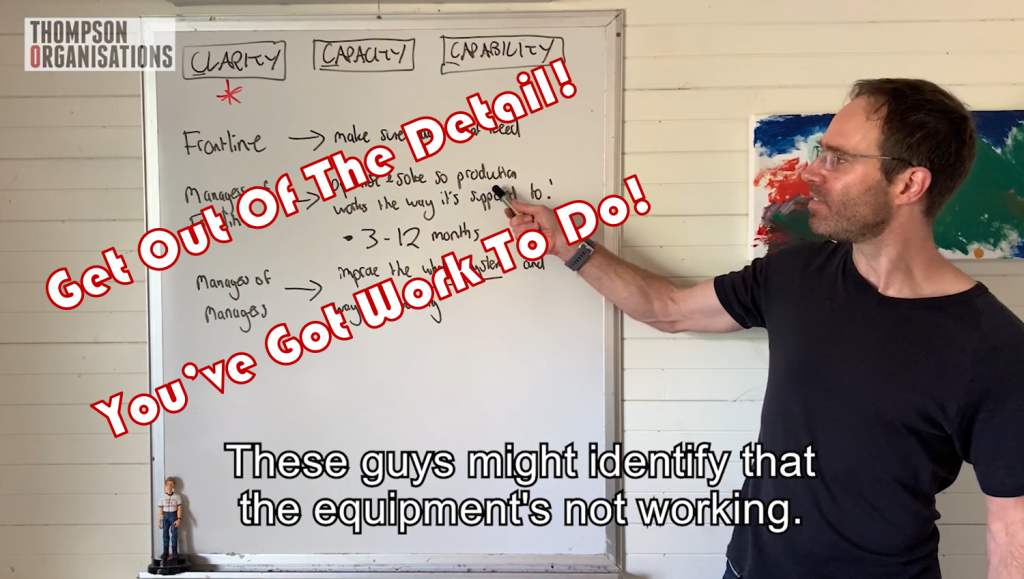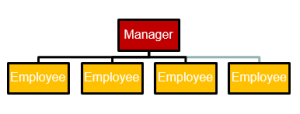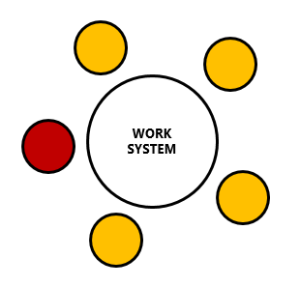3 Common Sense Org Design Principles to Bring Back from COVID Working
(If you’d like to check this out on video rather than read it – click here)
COVID working has seen some easily forgotten org design fundamentals come right to the surface. Here they are – don’t let heading back into the physical workplace see you lose the benefits of common sense ways of organising work.
Focus Until Done
The first one is focus until done. We’ve seen this with remote working. Before Covid, if your organisation is normal, you’ve had some sort of ‘flexible working’ thing happening for the last two years. And it’s consisted mainly of reports and a small group with laptops somewhere, not much else. This is not a competence issue.
What’s happened now? Look at all the IT teams that were able to get most of their indoor workforce remote within a day or two! They didn’t suddenly get 10 times more productive. Instead, the organisation actually let them focus on this one thing until it was done before they went onto the next thing.
